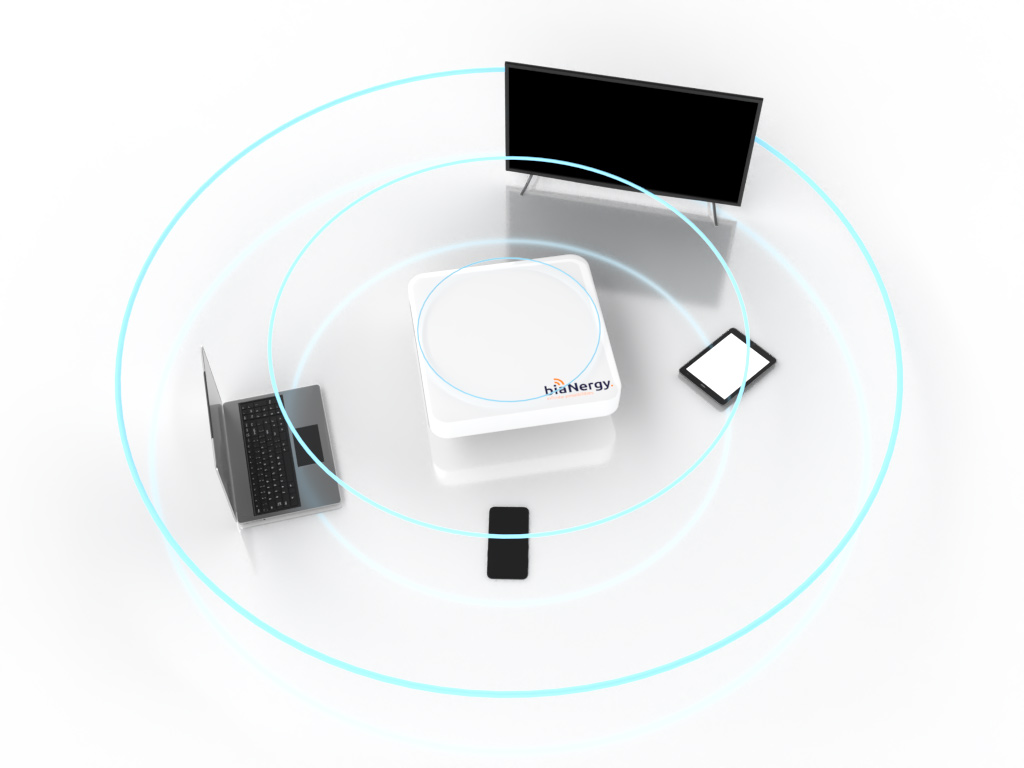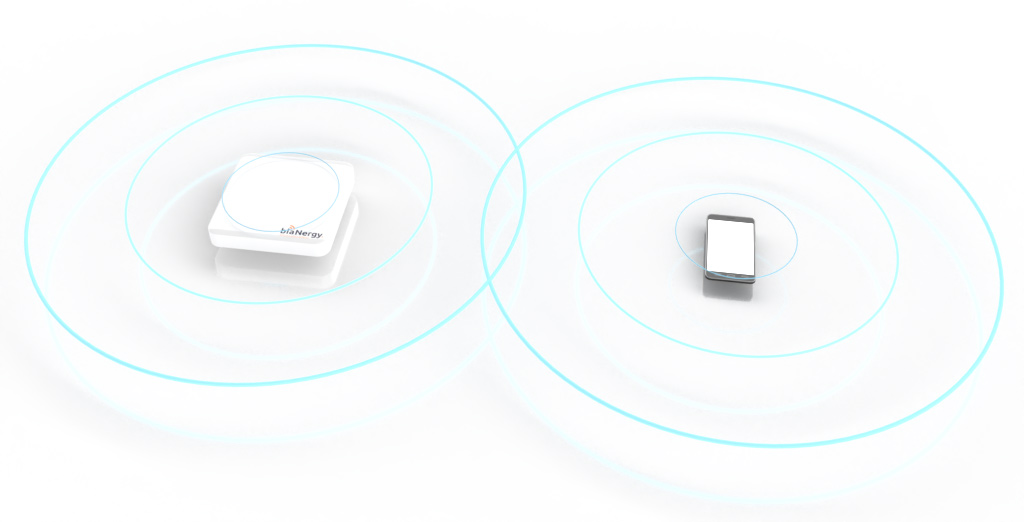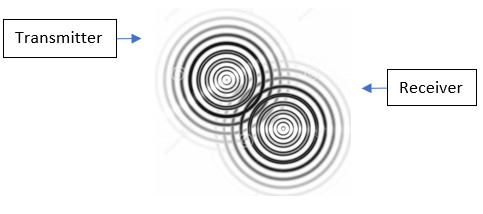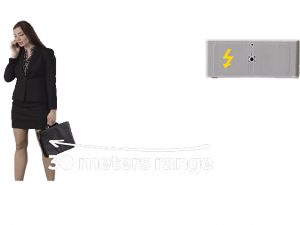The next generation of wireless charging
Our technology enables rapid charging of multiple devices simultaneously within a 3D range, delivering true freedom of device placement. Our solution uses radio frequency (RF) coupling with MRT (Magnetic Resonance Technology) and is the perfect choice for wearables, IoT devices, consumer electronics, drones, robots, and industrial applications.
MRT surface-based charging is a direct upgrade over first-generation inductive technologies, perfect for providing alignment-free charging experiences to mobile phones, laptops, workspaces, and more.
biaNergy™ MRT standard charging technology is able to power multiple devices simultaneously at speeds equivalent to wired charging, without requiring precise placement on the charging surface.
Safety
Regulatory bodies and governments have set guidelines to ensure wireless charging is safe, and meeting safety regulations is a critical part of bringing the product to market. Planning for regulatory compliance is a core part of the entire product development process. Our technology is approved by FCC and it is harmless to all living beings and objects.
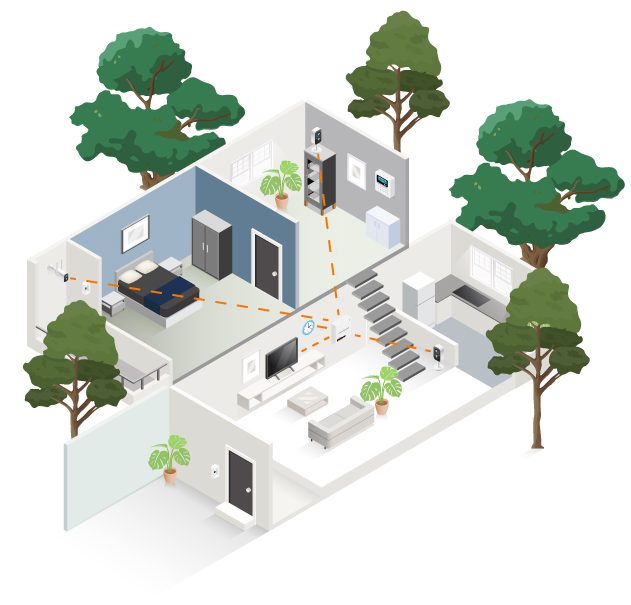
Frequently asked questions
With the increase in consumer electronic devices and the requirement to be ever more mobile, the topic of wireless power transfer safety and RF exposure has become increasingly important. Following we answer frequently asked questions related to the safety of wireless power systems.
The ways in which our bodies interact with electromagnetic fields have been studied for a long time and are well understood. Products that generate electromagnetic fields are regulated by regional authorities (e.g., FCC in the United States) to ensure specified safety standards are met. Any product which meets or exceeds the safety requirements is determined to be safe.
Products that do not meet the safety criteria are not allowed to be sold.
There are two primary types of electromagnetic radiation: ionizing and non-ionizing radiation. Ionizing radiation is radiation that can directly affect changes in the atomic structure of the body by ionizing atoms. Such radiation includes X-rays, Gamma-rays, and others above the frequencies of visible light (e.g. petahertz to exahertz). Ionizing radiation is mostly used for medical and inspection technologies and requires more stringent regulation for exposure. Non-ionizing electromagnetic radiation is more common and includes wireless radios, WIFI, and other general electromagnetic waves used for communication and power (e.g., kilohertz to gigahertz). Non-ionizing radiation within prescribed limits is safe. Regional regulations ensure that products do not exceed certain levels of emission to prevent interference with other systems and are safe for humans. Non-ionizing radiation typically does not cause any immediately noticeable effect in the body, however, at high intensities could cause tissue heating or nerve stimulation via an induced electric field in the body. SAR, or “specific absorption rate”, is the measure of power (watts) induced in tissue per weight of the tissue (kilograms). An induced electric field is the measure of induced electric potential (volts) caused by electromagnetic radiation across a given distance in the body (meters). Regulations are usually expressed in limits on these quantities.
Electric and magnetic fields are both categories of electromagnetic fields. Whenever a time-varying electric field exists, there is a corresponding magnetic field, and vice-versa which have dominant electric potential are distinguished from those that have dominant magnetic potential. Each of these types of fields has different effects on the body and may behave differently around diverse types of materials. In this sense, it can be important to distinguish between the two types of fields and which is dominant. Wireless power transfer technology such as magnetic induction and magnetic resonance is based on transferring energy using the magnetic field component in the reactive near-field region. These reactive near-fields are non-radiative and fall off with distance at a rate much faster than far-field RF technology like WIFI, cell phones, etc.
Yes. Like other products that use electromagnetic energy e.g., WIFI, Bluetooth, etc. cell phones also emit electromagnetic radiation. Like all products that emit radiation, both cell phones and wireless power systems are regulated and required to meet certain standards. Cell phones are most commonly referenced because of how mobile they are and how close to the body they are used (e.g., holding a phone next to your ear/head). Since cell phones must interact with base stations that are physically far from the user and the user is often holding the phone next to his/her head, RF exposure caused by cell phones can be higher compared to other types of products
Each country determines which local regulatory body governs the safety of non-ionizing electromagnetic radiation, often referred to as radio frequency (RF) exposure.
In the United States of America (U.S.A.), the FCC sets regulations for RF exposure in Title 47, Chapter 1 of the Code of Federal Regulations

